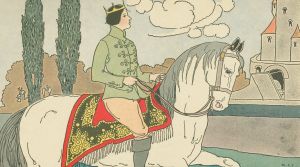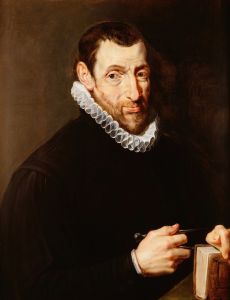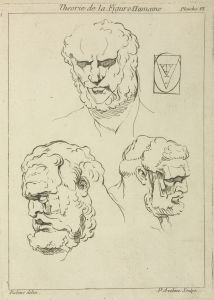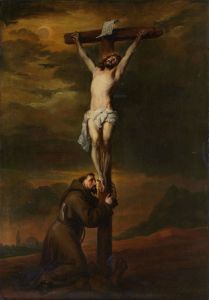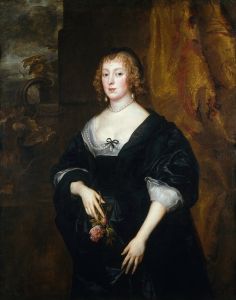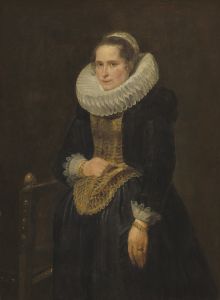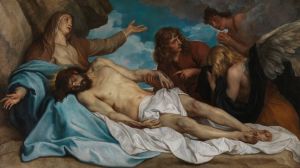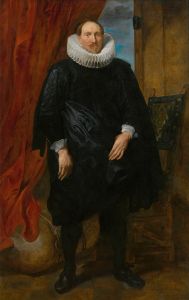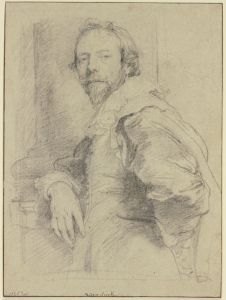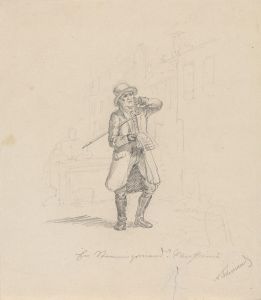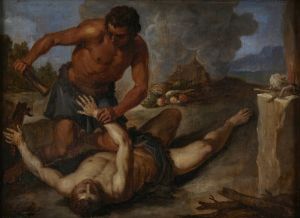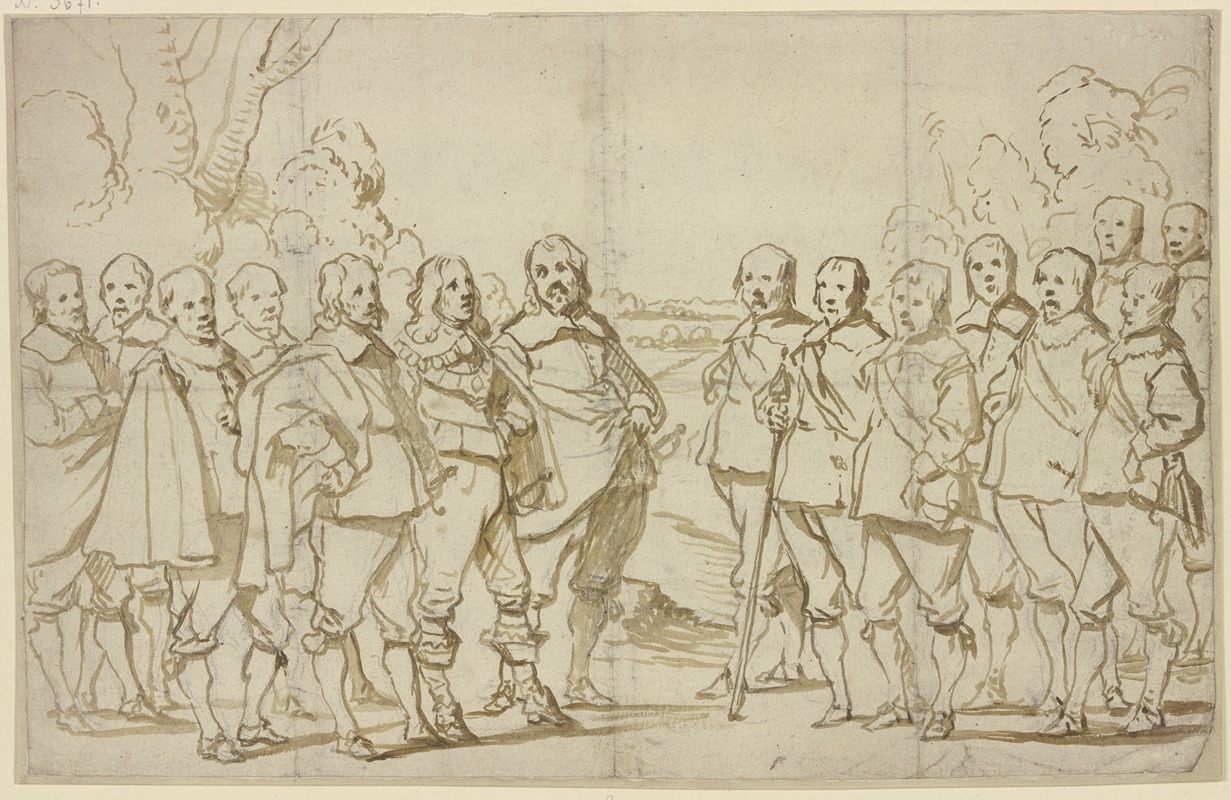
Eine Versammlung von vielen Männern, alle in Schuhen und Strümpfen, nur einer in Stiefeln
A hand-painted replica of Anthony van Dyck’s masterpiece Eine Versammlung von vielen Männern, alle in Schuhen und Strümpfen, nur einer in Stiefeln, meticulously crafted by professional artists to capture the true essence of the original. Each piece is created with museum-quality canvas and rare mineral pigments, carefully painted by experienced artists with delicate brushstrokes and rich, layered colors to perfectly recreate the texture of the original artwork. Unlike machine-printed reproductions, this hand-painted version brings the painting to life, infused with the artist’s emotions and skill in every stroke. Whether for personal collection or home decoration, it instantly elevates the artistic atmosphere of any space.
"Eine Versammlung von vielen Männern, alle in Schuhen und Strümpfen, nur einer in Stiefeln" (translated as "A Gathering of Many Men, All in Shoes and Stockings, Only One in Boots") is a painting by the renowned Flemish Baroque artist Anthony van Dyck. Van Dyck, born on March 22, 1599, in Antwerp, was a prominent painter known for his portraits and his work as a leading court painter in England.
This particular painting, as the title suggests, depicts a group of men, all dressed in shoes and stockings, with the exception of one individual who is wearing boots. The painting is notable for its detailed and realistic portrayal of the figures, a hallmark of van Dyck's style. His ability to capture the subtleties of human expression and the textures of fabrics and materials is evident in this work.
Anthony van Dyck trained under Peter Paul Rubens, another master of the Flemish Baroque tradition, and his influence is visible in van Dyck's use of color, composition, and dramatic lighting. Van Dyck's career took him across Europe, where he worked in Italy, the Southern Netherlands, and England. His time in England was particularly significant, as he became the principal court painter to King Charles I. His portraits of the English aristocracy set a new standard for elegance and sophistication in portraiture.
The exact date of creation for "Eine Versammlung von vielen Männern, alle in Schuhen und Strümpfen, nur einer in Stiefeln" is not definitively known, but it is consistent with van Dyck's mature period, during which he produced many of his most acclaimed works. The painting's composition, with its careful arrangement of figures and attention to detail, reflects van Dyck's mastery of group portraiture, a genre in which he excelled.
The painting is also an example of van Dyck's skill in capturing the social dynamics and fashions of his time. The contrast between the men in shoes and stockings and the solitary figure in boots may suggest a distinction in status or role, though the specific context or narrative behind the scene remains unclear. This ambiguity invites viewers to engage with the painting and consider the relationships and stories of the figures depicted.
Van Dyck's influence on portrait painting was profound, and his works continue to be celebrated for their elegance, technical skill, and psychological depth. "Eine Versammlung von vielen Männern, alle in Schuhen und Strümpfen, nur einer in Stiefeln" is a testament to his ability to convey complex human interactions and the subtleties of social distinction through his art.
Today, Anthony van Dyck's paintings are held in high esteem and can be found in major museums and collections around the world. His legacy as one of the great portraitists of the Baroque era endures, and his works remain a subject of study and admiration for art historians and enthusiasts alike.





